Latino, African-American Arts Organizations Face Steeper Climb to Sustain Success
/Latino and African-American museums and performing arts organizations struggle to draw philanthropic support compared to other cultural institutions, creating "chronic financial difficulties" that sharply limit what they are able produce, according to a comprehensive new report, Diversity in the Arts.
The study by the University of Maryland's DeVos Institute of Arts Management suggests that donors focus their giving on bigger grants for "a smaller cohort [of minority organizations] that can manage themselves effectively, make the best art, and have the biggest impact on their communities." The 51-page report was cited by the Los Angeles Times and reported in The Chronicle of Philanthropy. The report said that minority-focused arts organizations’ most debilitating weakness has been difficulty in attracting private, individual donors, a demographic whose charitable giving far exceeds the grantmaking of foundations, corporations and government.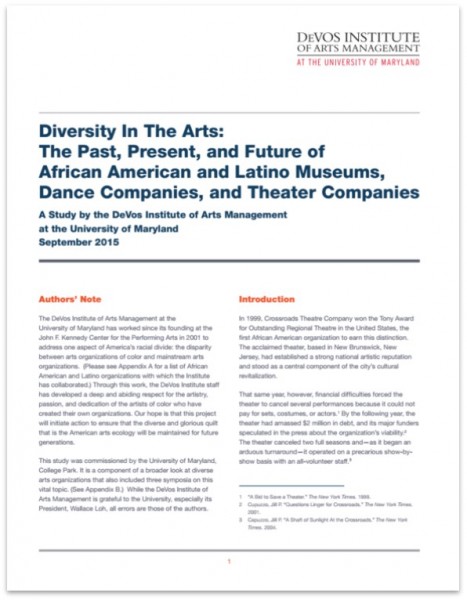
“In 2015 a large number of arts organizations of color are struggling, in some cases desperately,” says the report, overseen by Michael Kaiser, the veteran arts administrator and former Kennedy Center for the Performing Arts president who heads the DeVos Institute. The report also recommended that “serious arts funders must address the need to develop pipelines to bring talented college graduates of color into the arts management field.”
Using 2013 tax returns, DeVos found that the 30 largest black and 30 largest Latino nonprofit arts groups had a median budget of $3.8 million, versus $61.1 million for 20 major general arts institutions. Minority entities reported getting 5 percent of their funding from individual donations, compared to a norm of 60 percent for other groups, the Times reported.
“There is an urgent need for philanthropic leaders to revise funding policies to account for changing demographics and the distinctive characteristics of organizations of color,” the report said. Funders may need to support “a limited number of organizations,” the report stated, noting that “it might allow the sector to thrive by creating a group of strong, effective organizations of color that can serve as role models and training grounds for others.”
“The small staffs at many organizations of color are already stretched to the limit delivering their services and oftentimes struggle with reporting requirements set by institutional donors…A shift toward general operating support allows organizations to direct resources to where they are most needed while promoting sustainable capacity growth.”
The “Diversity in the Arts” report contains another potentially controversial finding: When large, mainstream arts organizations put on black- or Latino-themed performances or exhibitions, they siphon away artistic talent, donations and attendance from black and Latino companies, the Los Angeles Times reported. Kaiser called the study "a wake-up call" for arts funders.
 A survey to which 29 of the 60 black and Latino arts groups in the study replied showed that the median percentage of donations coming from individuals was 5%. The norm is about 60% for big mainstream arts organizations. “This is the most important single statistic in the study,” the report says. Minority arts organizations also trailed when it came to box office receipts and other earned revenue. Earned money accounted for 40% of their revenue, compared with 59% for the big mainstream groups.
A survey to which 29 of the 60 black and Latino arts groups in the study replied showed that the median percentage of donations coming from individuals was 5%. The norm is about 60% for big mainstream arts organizations. “This is the most important single statistic in the study,” the report says. Minority arts organizations also trailed when it came to box office receipts and other earned revenue. Earned money accounted for 40% of their revenue, compared with 59% for the big mainstream groups.
To develop its financial profile, the DeVos Institute used tax returns for what it ranked as the 30 largest African American and 30 largest Latino nonprofit arts groups nationwide, by budget, in the fields of theater, dance and museums. The institute compared them with 20 of the biggest general companies in those fields.
The study concludes by suggesting that “people look at the challenges of arts organizations of color in a new way. And we hope that leaders of every community will feel moved to work together to ensure that the arts of every segment of our varied society are allowed to thrive.”
The DeVos Institute of Arts Management provides training, consultation and implementation support for arts managers and their boards. It has been associated with the University of Maryland since 2014 but has its origins in the early 1960’s, and has served more than 1,000 organizations in 80 countries.



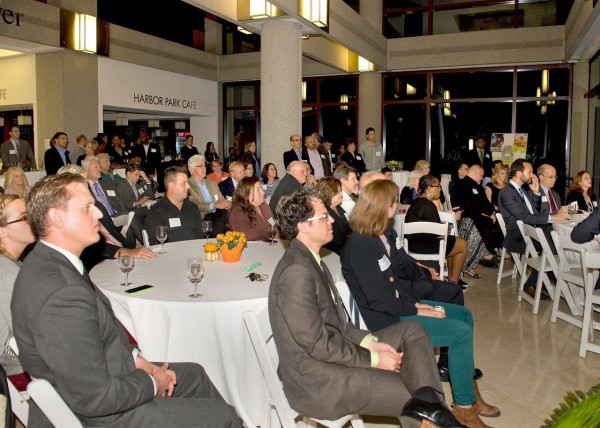 “I would like to congratulate all of the members of Stamford 2030 for joining together to make vital changes for our community," said Stamford Mayor David Martin. "The partners in Stamford 2030 have really stepped up for the success and sustainability of our city and the surrounding area. And they are not alone. For our part, the city is committed to improving storm resiliency and moving forward with the Energy Improvement District. We believe these efforts are tied to our economic development and ability to attract people to Stamford while conserving important natural resources, all necessary for sustained growth and prosperity.”
“I would like to congratulate all of the members of Stamford 2030 for joining together to make vital changes for our community," said Stamford Mayor David Martin. "The partners in Stamford 2030 have really stepped up for the success and sustainability of our city and the surrounding area. And they are not alone. For our part, the city is committed to improving storm resiliency and moving forward with the Energy Improvement District. We believe these efforts are tied to our economic development and ability to attract people to Stamford while conserving important natural resources, all necessary for sustained growth and prosperity.”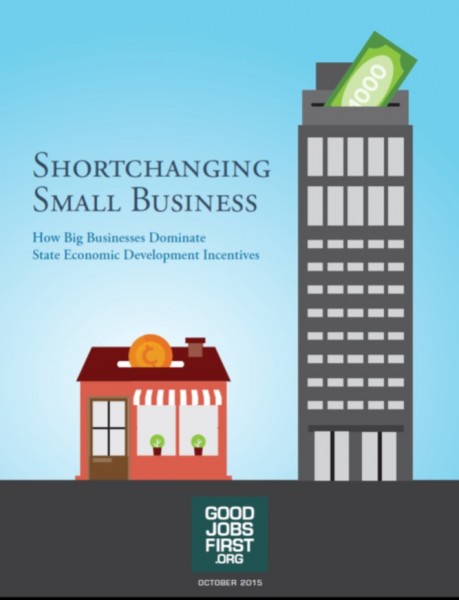

 Alabama’s special session – the first in five years - was held over the summer, convening on July 13 and ending in disarray in mid-August, with a second special session on the state budget convened and concluded in mid-September. Among the
Alabama’s special session – the first in five years - was held over the summer, convening on July 13 and ending in disarray in mid-August, with a second special session on the state budget convened and concluded in mid-September. Among the 
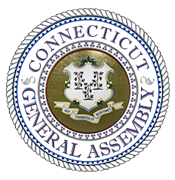 Democratic legislative leaders and Republican legislative leaders are
Democratic legislative leaders and Republican legislative leaders are 

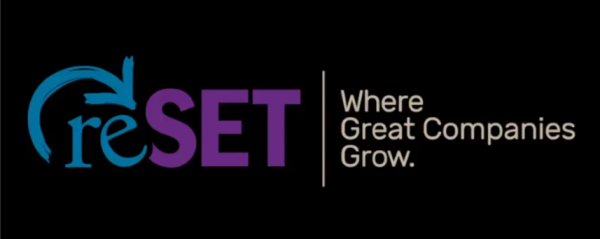
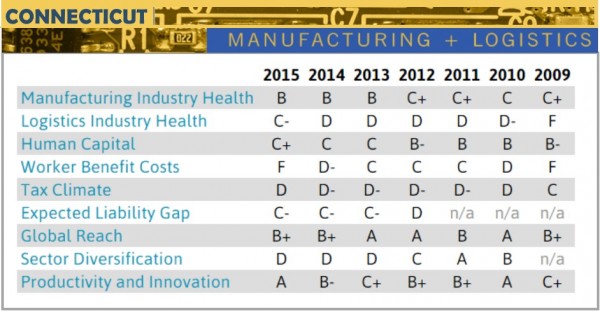
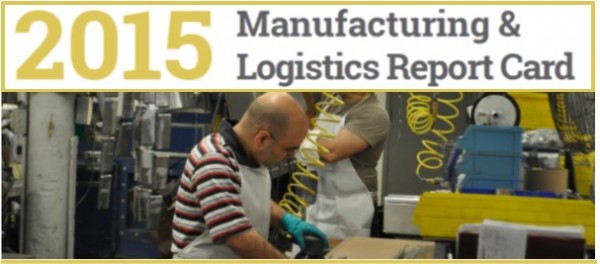
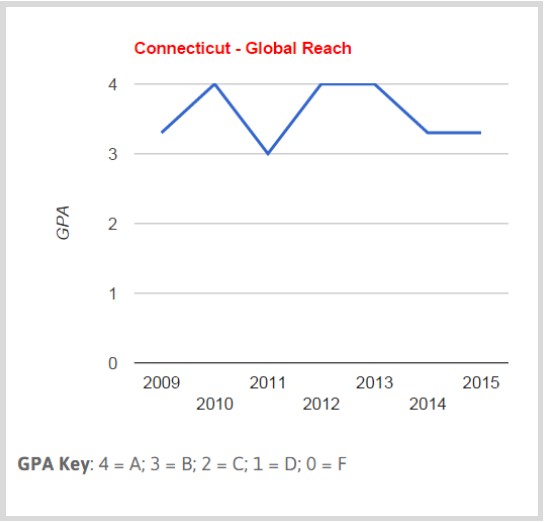
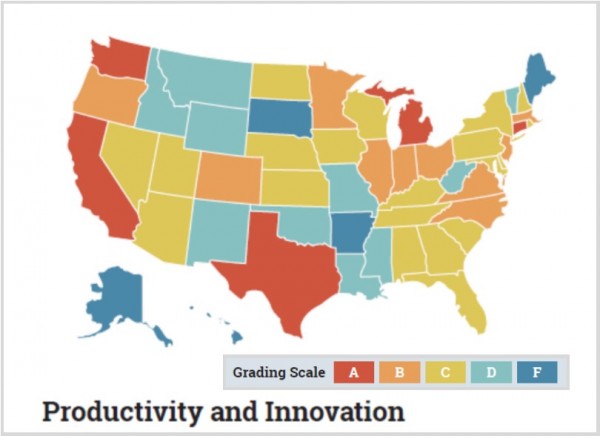






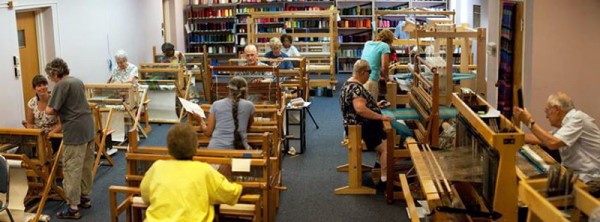


 The Marcum Tech Top 40, now in its 8th year, recognizes technology companies with at least $3 million in annual revenue and a four-year record of growth, in six industry sectors. Both privately held and publicly traded companies are eligible. This year, 14 were publicly traded; 26 were privately held.
The Marcum Tech Top 40, now in its 8th year, recognizes technology companies with at least $3 million in annual revenue and a four-year record of growth, in six industry sectors. Both privately held and publicly traded companies are eligible. This year, 14 were publicly traded; 26 were privately held.



 Mallory Industries, Inc
Mallory Industries, Inc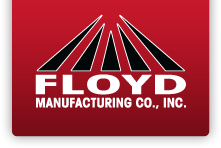 ency has always been perceived as a cam manufacturer. Components produced have been installed in life critical medical devices, numerous aircraft and various industrial equipment.
ency has always been perceived as a cam manufacturer. Components produced have been installed in life critical medical devices, numerous aircraft and various industrial equipment.


























